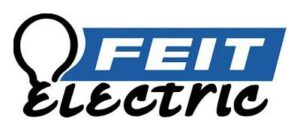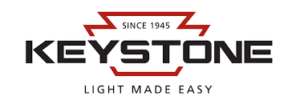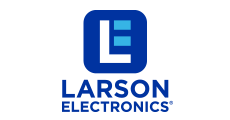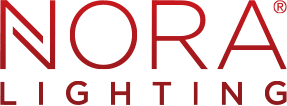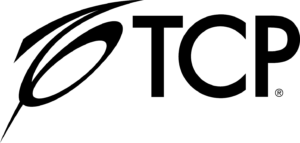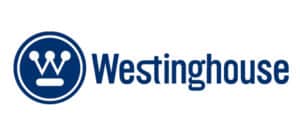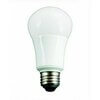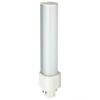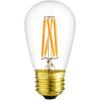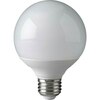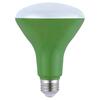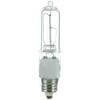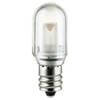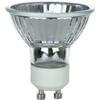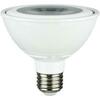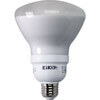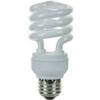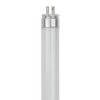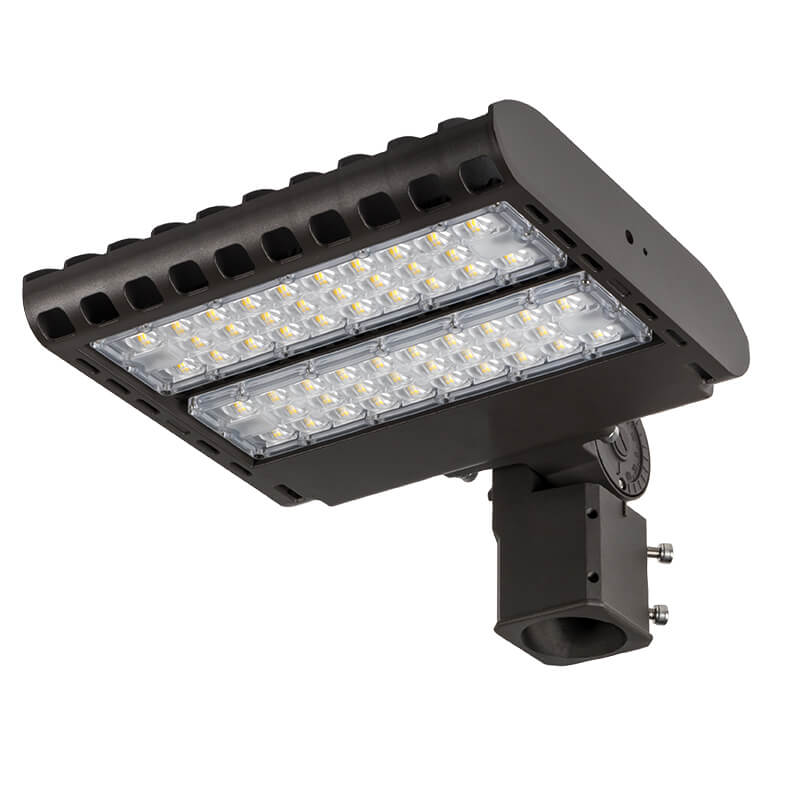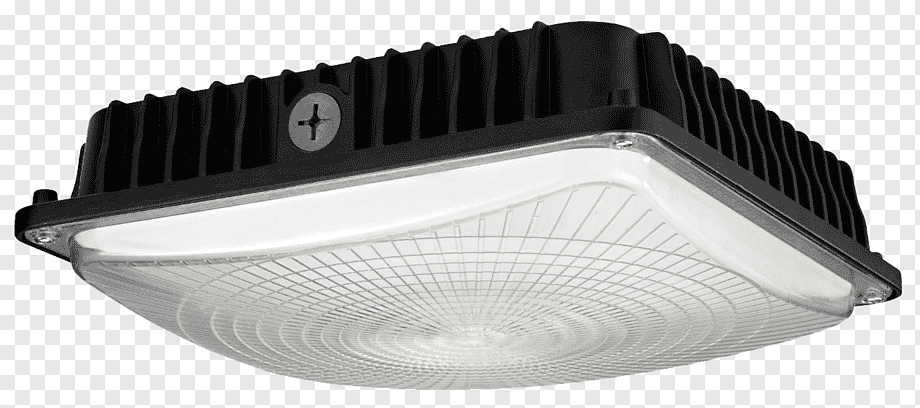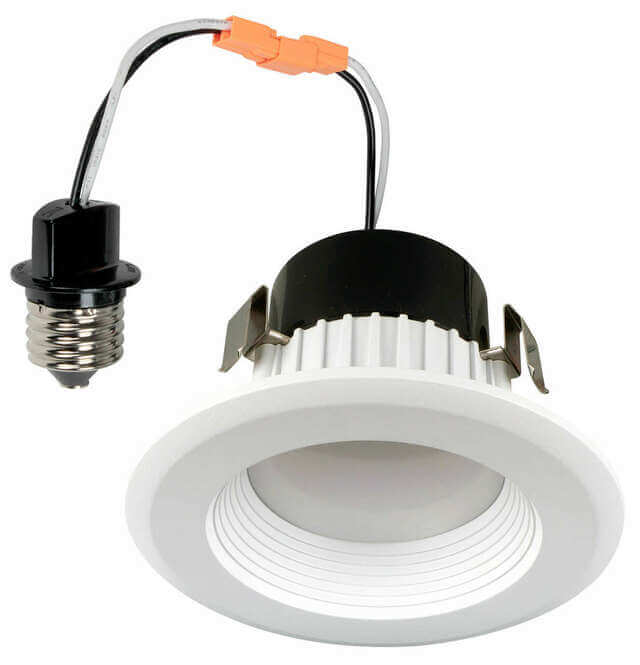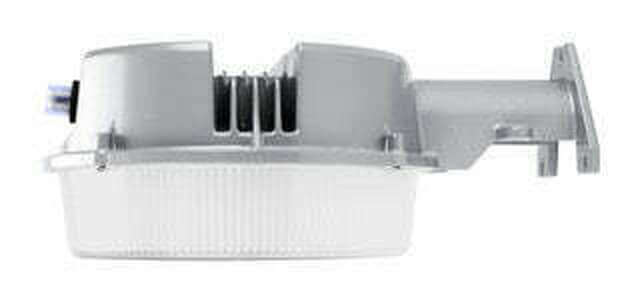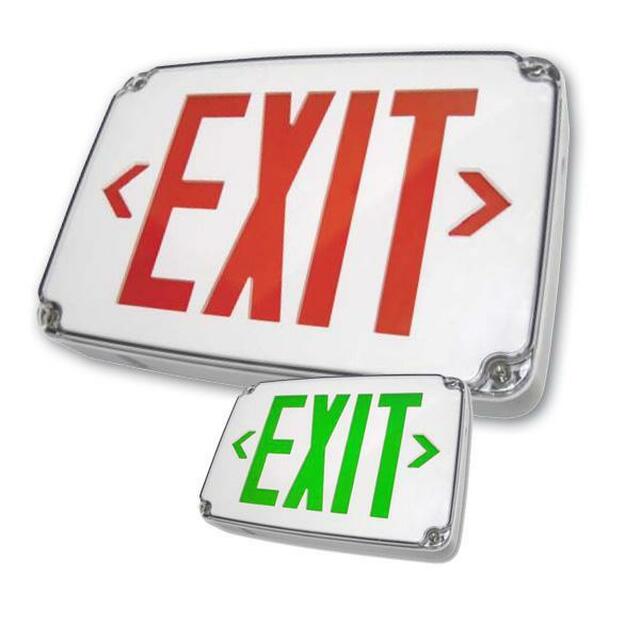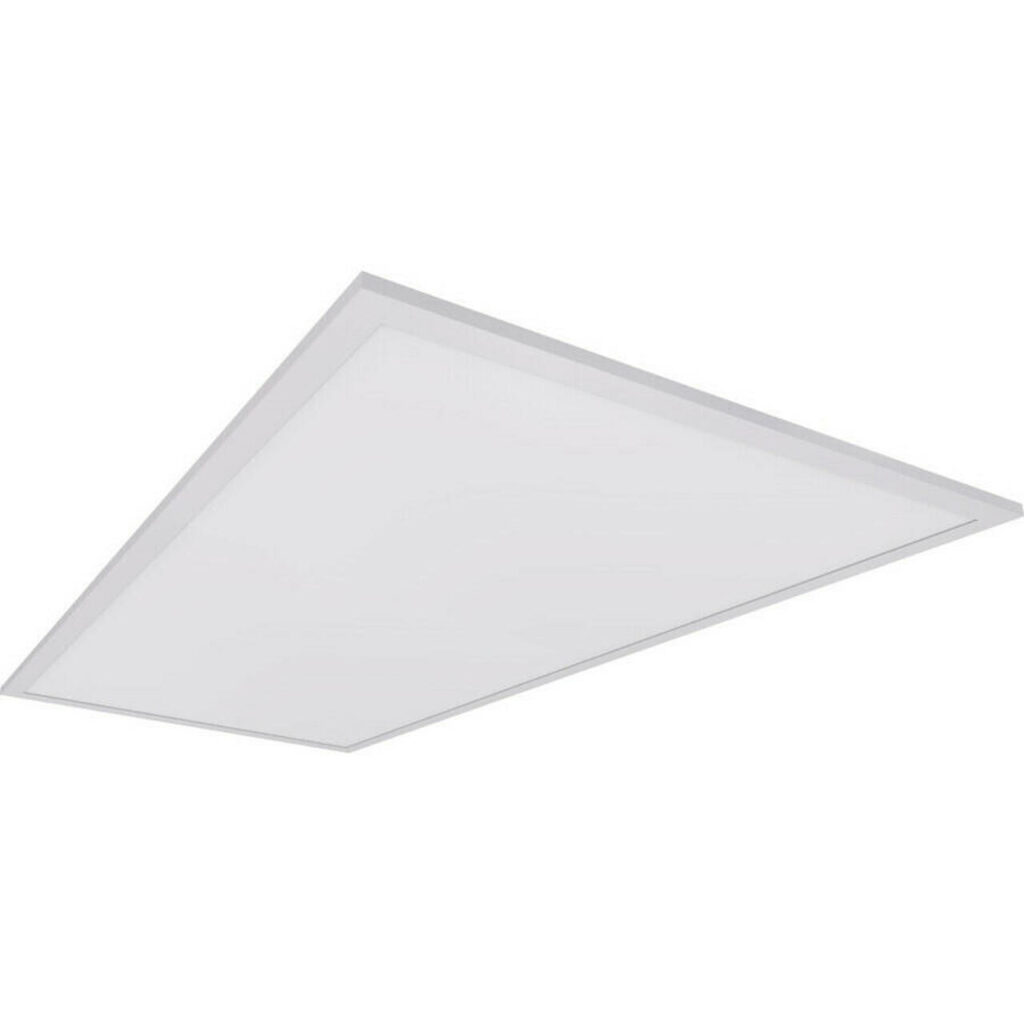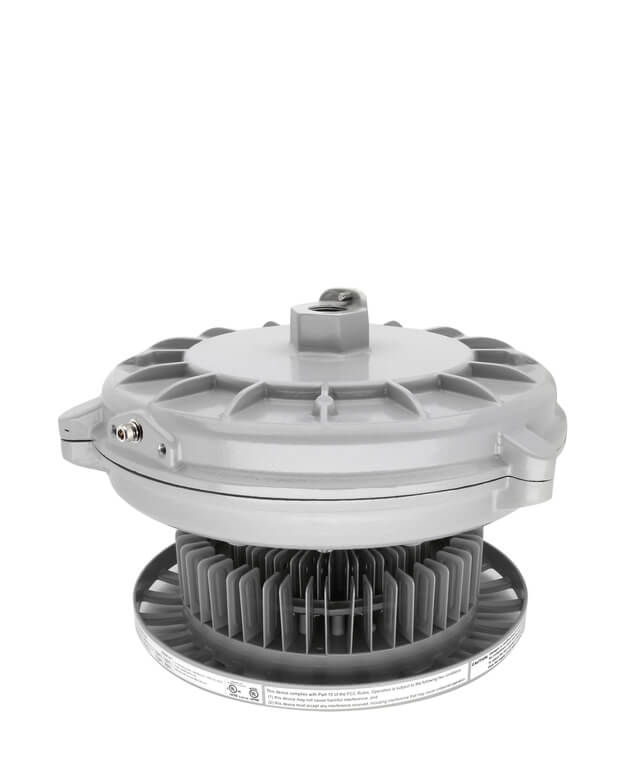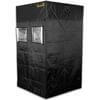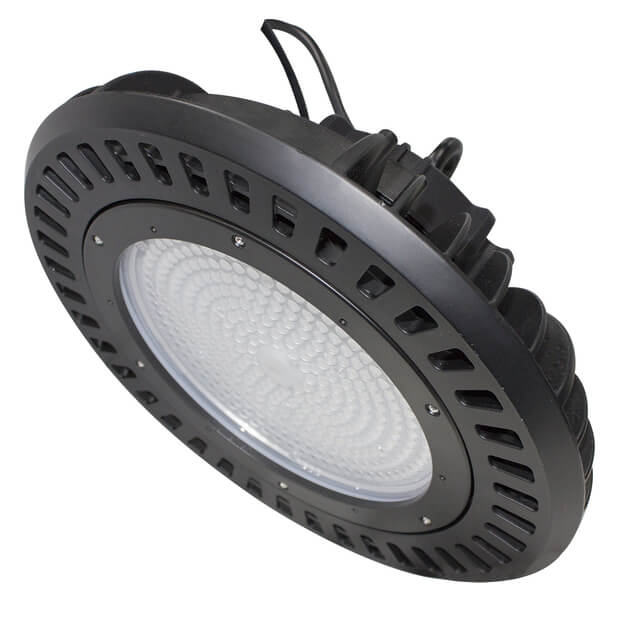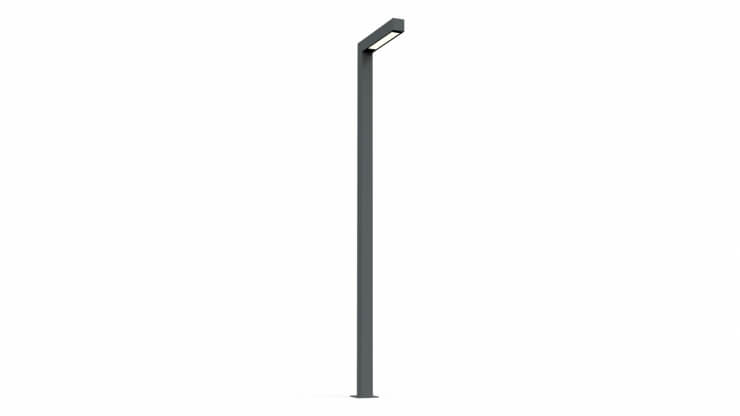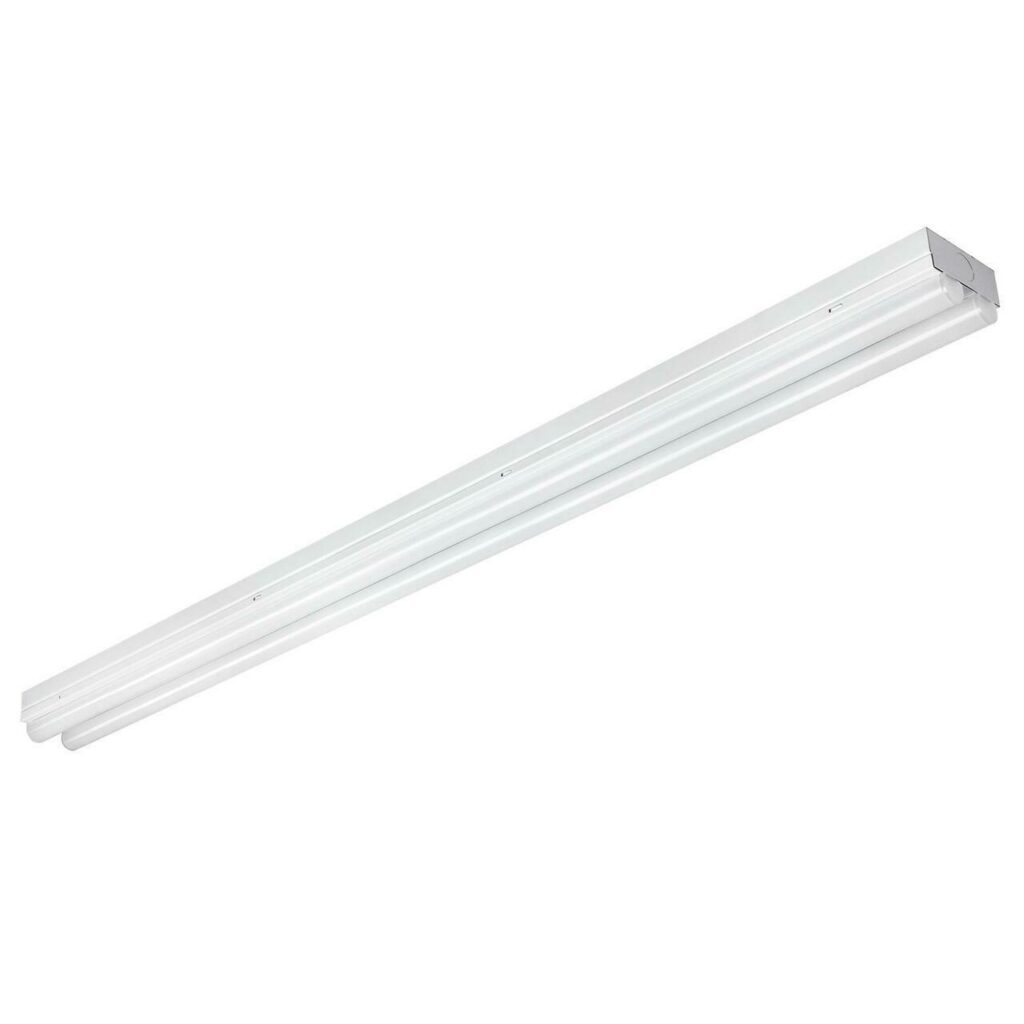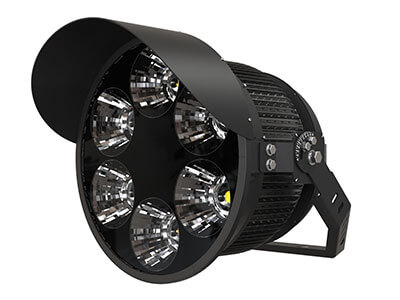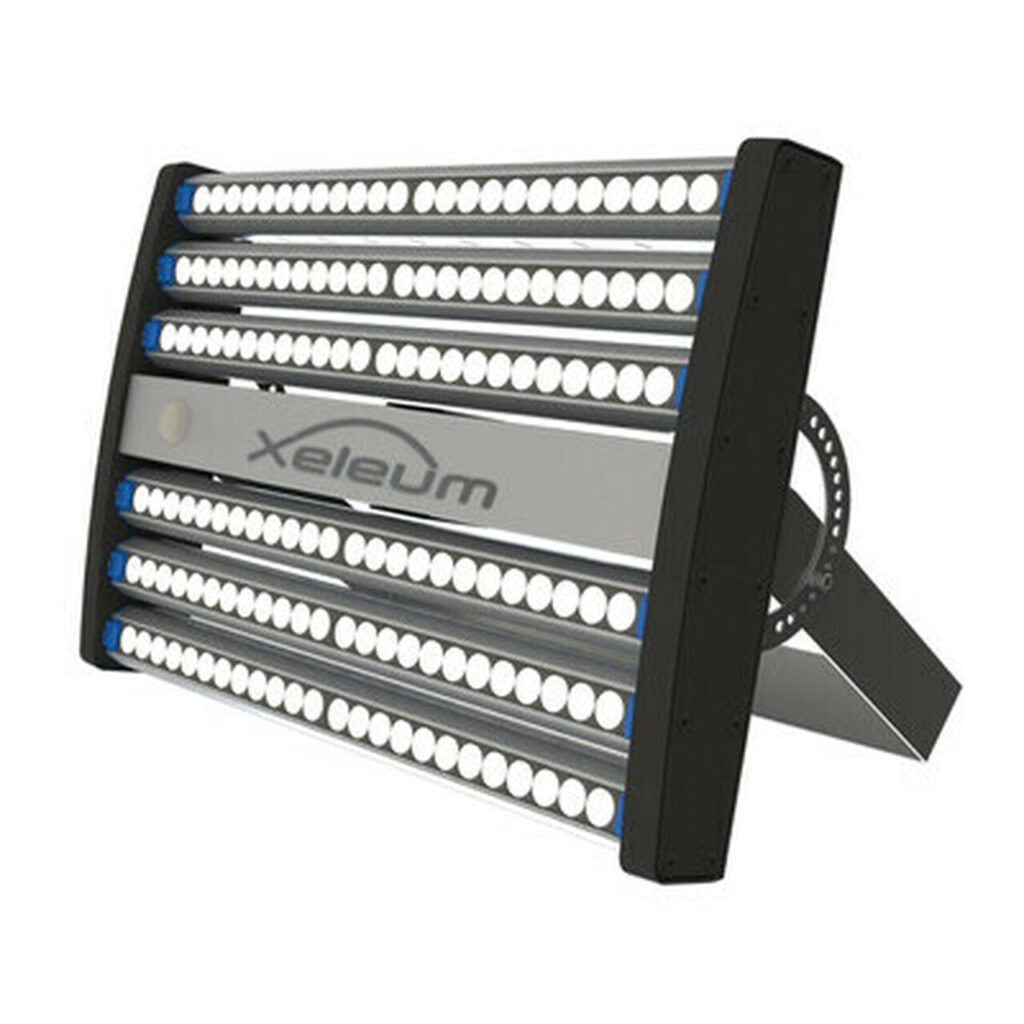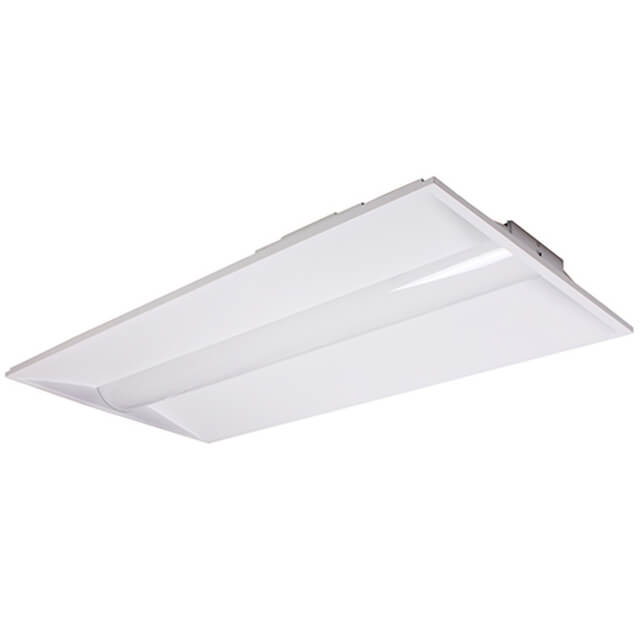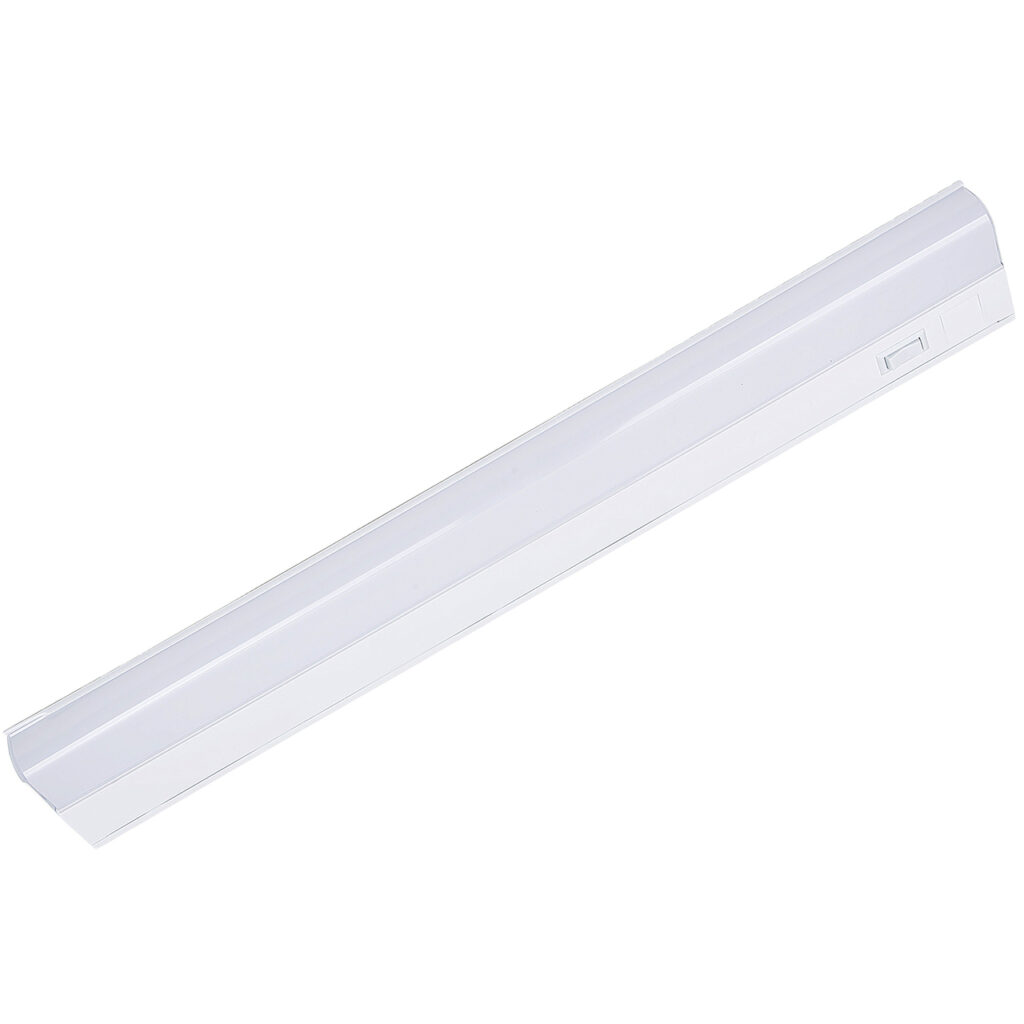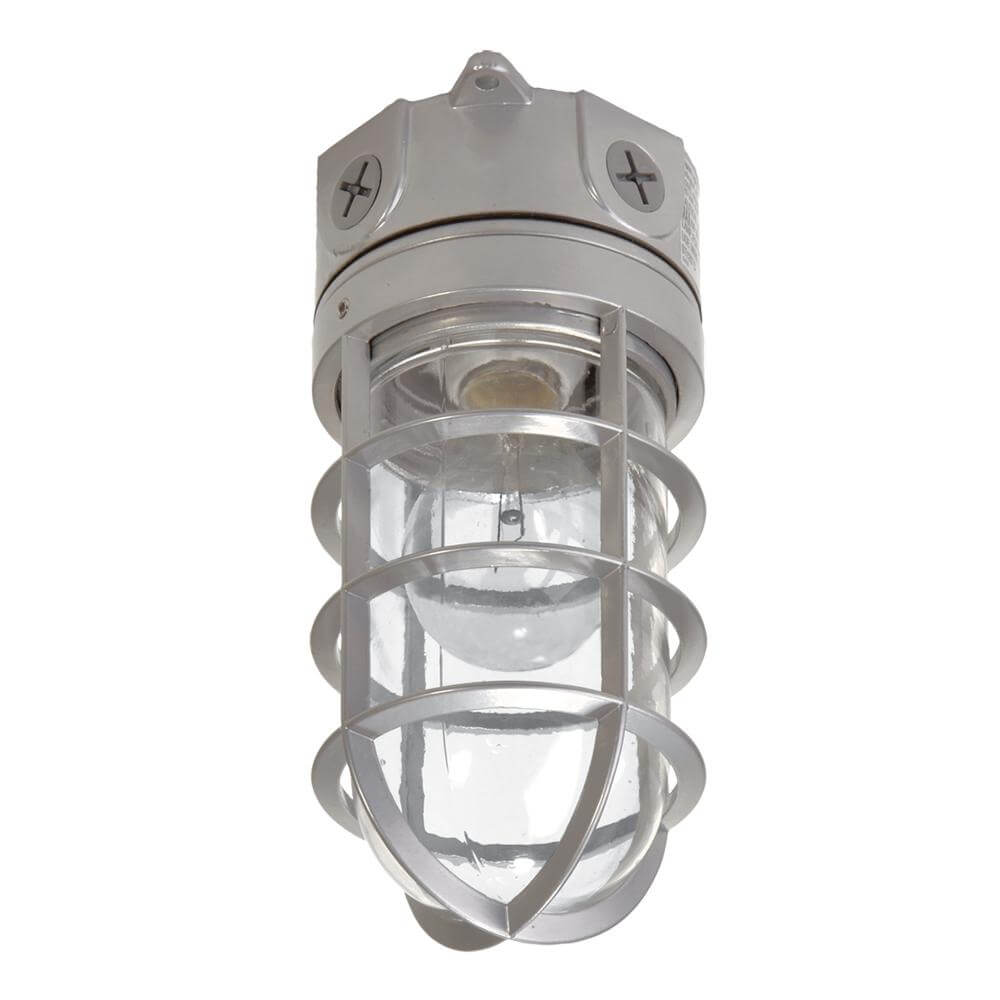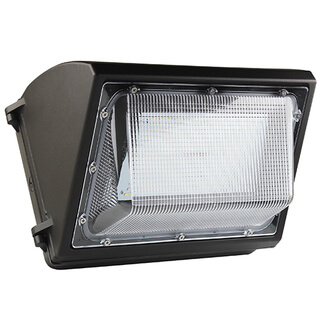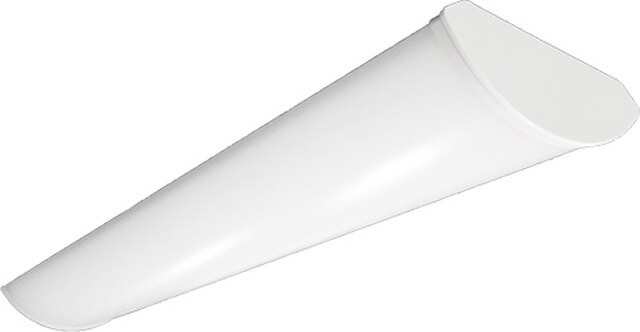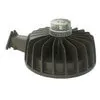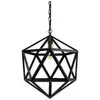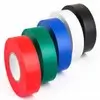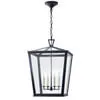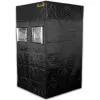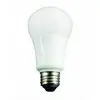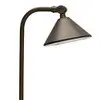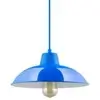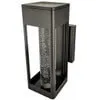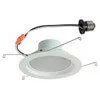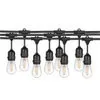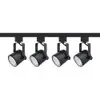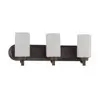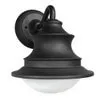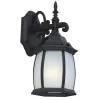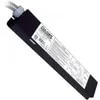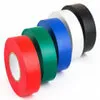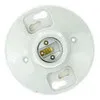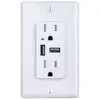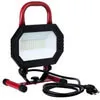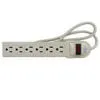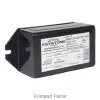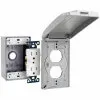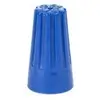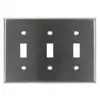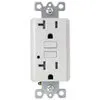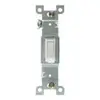In April 2022, the United States Department of Energy (DOE) implemented two new rules that regulate and standardize light bulbs. In DOE parlance, light bulbs are called “general service lamps,” or GSLs.
The new rules have been praised as a step towards a greener future. Environmental non-profits celebrated how the new standards are projected to cut greenhouse gas emissions and reduce most people’s electric bills.
But, the rule changes will have a more complicated impact on utility rebate programs. Fortunately, utility workers, managers, lighting distributors, and sales teams have until January 2023 to phase in the new policy. That said, manufacturers have less time to comply.
The next few months are critical. During that time, it’s key to understand and adapt to the new GSL standards. After January 2023, non-compliant retailers will face warnings and fines. Effective adaptation makes compliance a matter of course.
This guide unpacks the ins and outs of the new GSL rules, and how they’ll impact utility professionals. Then, it explores the steps industry experts recommend taking to adapt to the new standards.
Discover exactly what you need to know to stay legal.
What Are the DOE’s New Rules for Light Bulbs?
The DOE has set two new rules for light bulbs. It officially published the rules on May 9th, 2022. You can read the rules in full in the Federal Register.
The two rules work in tandem. The first clarifies which lights are now officially classified as GSLs. The second rule applies a new standard of energy efficiency to all GSLs.
The DOE further outlined deadlines by which all lighting manufacturers, retailers, and utility programs must comply with the rules.
New Definition of GSL
First, the DOE redefined GSL. The term “general service lamp” now covers all types of light bulbs. Only light bulbs which are specifically exempt are excluded. Exempt light bulbs are those with specialized applications, such as:
- Medical applications
- Military applications
- Public safety applications
- Certified historic preservation applications
In the new rule, general service lamps are any light bulbs that have defined traits. These traits include:
- An ANSI base
- A design that indicates it’s made to operate at the following voltages
- 12 volts
- 24 volts
- 100-130 volts
- 220-240 volts
- A non-integrated lamp design that operates at any voltage
- An initial lumen output ≥310 lumens
- An initial lumen output ≥232 lumens for modified spectrum GSILs
- An initial lumen output ≤3,300 lumens
- A design intended for use in general lighting applications
LED retrofit downlight kits are not GSLs under this new definition. An ANSI base is any applicable lamp base type. This includes screw-based light bulbs and those with bi-pin bases.
Not all light bulbs with bi-pin bases are GSLs. For a complete list of ANSI bases included in the definition, see this EnergyStar document.
New Minimum Efficiency Standard
All lamps classified as GSLs under the new definition must meet the new efficiency standard. When the rules go into effect, all GSLs must generate at least 45 lumens per watt.
In practice, this means the vast majority of halogen and incandescent light bulbs on the market today are non-compliant.
Today, halogen and incandescent lamps make up roughly 35%-40% of all lights on the market. As of April, manufacturers and retailers will have to start phasing out these GSLs.
New Standard Implementation Deadlines
Lighting manufacturers and retailers must meet different deadlines to comply with the rules. The DOE has established a phased compliance strategy to give lighting industry professionals time to adapt.
Manufacturers and distributors may legally produce and import non-compliant GSLs until August 31st, 2022. From September 1st to October 31st, the DOE will issue warnings to manufacturers and distributors found non-compliant.
From November 1st to December 31st, the DOE will begin to impose partial fines on non-compliant GSL manufacturers. On January 1st, 2023, fines against producers of non-compliant GSLs will be full.
Retailers and lighting sales professionals may legally continue to sell non-compliant GSLs until December 21st, 2022. The DOE will issue warnings to sellers of non-compliant light bulbs from January 1st to February 23rd, 2023.
The DOE will impose limited fines against those who sell non-compliant GSLs from March 1st to June 30th, 2023. From July 1st, 2023 and onward, all sellers must sell compliant GSLs only. If they refuse, they will face full DOE penalties.
How Will the DOE Enforce the New Standard for GSL Efficiency?
The DOE intends to enforce the new GSL rules to the full extent of the law. It believes maximum penalties are both necessary and appropriate, as violators threaten to undermine the Energy Policy and Conservation Act.
That said, in its Enforcement Policy Statement, the DOE reserves the right to consider new facts in individualized circumstances. It will prioritize enforcement with manufacturers, importers, and private labelers.
How Will the New GSL Standard Affect Utility Programs?
The new GSL efficiency standard will impact utility programs in two key ways. The first impact largely concerns manufacturing and supply chain management. The second impact will be most felt by lighting measurement service providers.
Increased LED Production and Shipping
Currently, 35%-40% of all light bulbs produced do not comply with the new standards. Manufacturers must quickly pivot to producing LED bulbs.
This involves converting halogen and incandescent manufacturing plants to LED manufacturing centers. Supply chain limitations mean there is a tight amount of time to make these changes.
Adapting before the deadline will require rapid reprioritization. Some non-urgent processes will be cut, which will likely impact buyers and vendors.
Lighting Measure Support vs. New, Hybrid Measure Design
Program support for lighting measurement and verification will be available through July 21st, 2023. But, in this transitional period, it’s critical to adapt to new methods.
New measures and delivery practices will integrate compliance assurance into routine product quality checks and energy resource evaluations.
Utility programs should invest in emerging technology assessments and new program design and analytics strategies. Ideally, these new measurement strategies will enable compliance with the new standard.
And, they will also be ready-made to keep up with rapid technological and legal changes.
Next-Gen Lighting Resources
At Lighting and Supplies, we know that lighting technology changes quickly. And, so do laws regulating it. That’s why our experts stay up-to-date, ready to react to new industry developments in real-time.
Utility programs can rely on Lighting and Supplies products to thrive, surpassing legal minimums in preparation for a long, fast-evolving future.
And, Lighting and Supplies design experts bring next-gen insights to every table.
Each Lighting and Supplies design applies cutting-edge technology to the problem at hand. Experts solve commercial and industrial lighting challenges with creativity and surprising insights. How can we meet your design needs?


